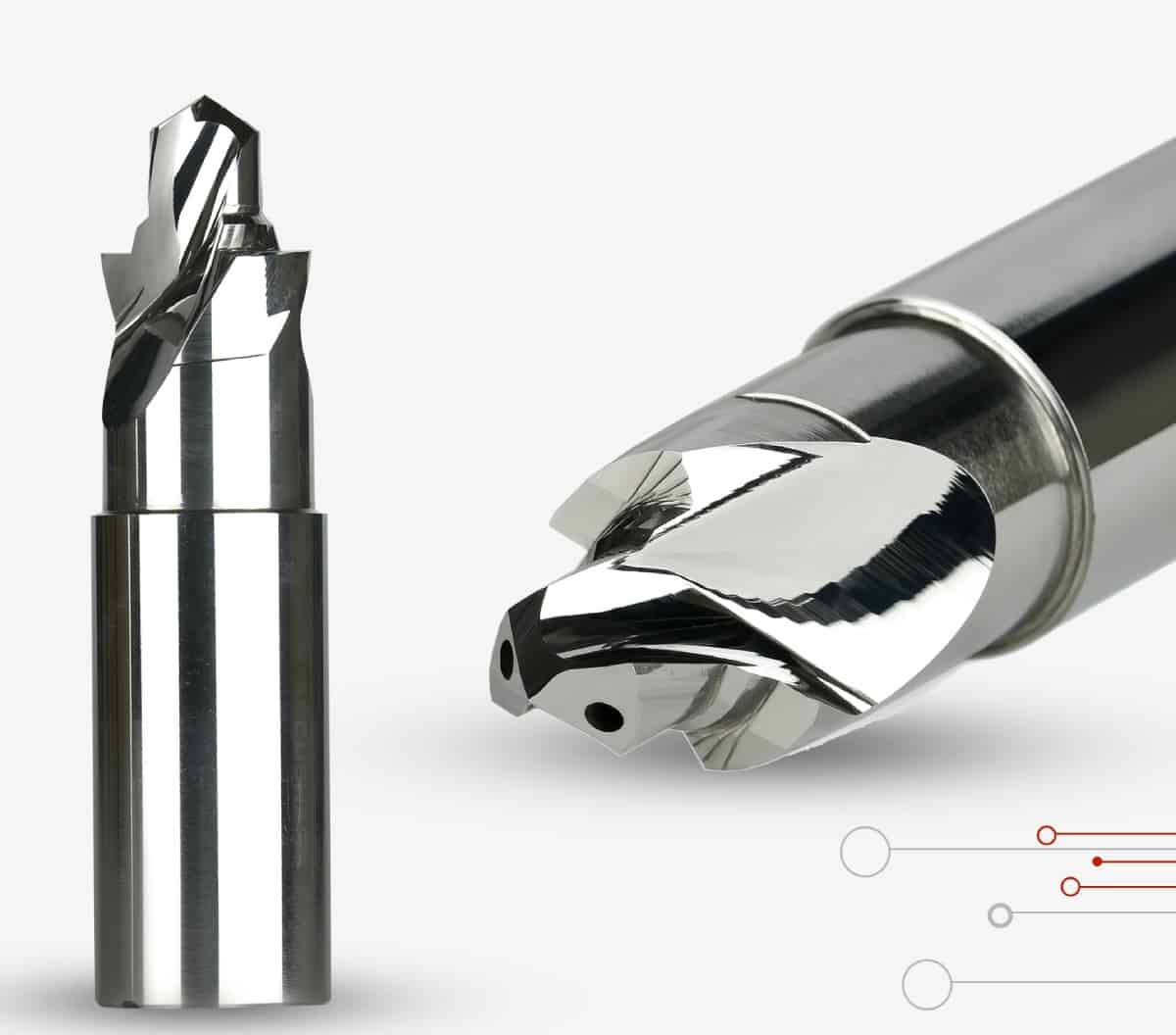Shops may employ reaming as a machining procedure to complete bores. Reaming has advantages over other procedures, like single-point boring, in terms of speed, tool life, and surface finish quality.
What, though, is reaming? Reaming is the process of completing a bore by using a cutter to remove a small quantity of material. It combines cold working and cutting materials. Reamers are made to manage the size and polish the surface but not to provide true position. Because a reamer usually follows the pre-reamed bore, its condition and location are crucial.
Advantages of Reaming Tools
These reaming tools’ main advantages are:
- Greater feed and speed rates. When opposed to single-point boring, high-performance reamers’ many cutting edges enable faster feed rates and shorter cycle times. When compared to a single insert in a single-point boring tool, high-performance reamers have four to 16 teeth; the increase in feed rate can be four to 16 times faster. When a bore needs to be the right size and finish, single-point boring is employed; however, because there is only one cutting-edge working, it is naturally slower.
- Slashing waste. When working with very expensive materials, minimizing scrap is especially crucial. For instance, manufacturers frequently make fewer parts made of expensive materials like titanium, Inconel, and other such materials in the aircraft industry. Using a high-performance reamer can help these manufacturers maintain consistent hole sizes over the course of the tool’s life and dramatically reduce scrap rates.
- Quick setups: Because the initial bore is an excellent bore with high-performance reaming, setting the reamer is an easy process. The tool has been ground to the proper diameter, so there is no need to change it. Reaming is also a secure and reliable technique that doesn’t need as much altering as single-point boring.
On the other hand, a reamer is a sturdy instrument with predetermined dimensions made to produce single-digit RAs and micro finishes. It has a diameter, a back taper, a wiper area, and a lead angle. Since nothing on a non-adjustable reamer is moving, it maintains consistency and produces the same hole size for the duration of the tool. Additionally, it does not call for the operator to replace the inserts or to modify them to bring them back to size, both of which are prone to human mistakes.
Reamers have a very accurate tool life as well. A machinist can detect when it’s almost time to swap out the tool and install a new one before a problem emerges by using an air gauge to measure items during the manufacturing process. The new reamer will then generate a good hole on the first section after being switched out.
Considerations for Reaming
Here are a few things for companies to think about before reaming:
- Flood or through-tool coolant delivery can be accomplished with high-performance reamers.
- For through-hole reaming at high speeds, a left-hand helix is typical.
- High-performance reamers are made even more useful and affordable by factory re-tipping. A straight flute can be utilized for through or blind holes. The lifespan of refurbished tools is equivalent to that of new ones. Reamers can be repeatedly re-tipped as long as the steel body is in excellent shape. A high-performance reamer may be reconditioned ten or more times, depending on reamer diameter and use.
The main benefit of regularity is what reaming ultimately gives. Reaming can guarantee the process stability and reproducibility you require, regardless of whether you are producing vast numbers of components or small batches of expensive items.


